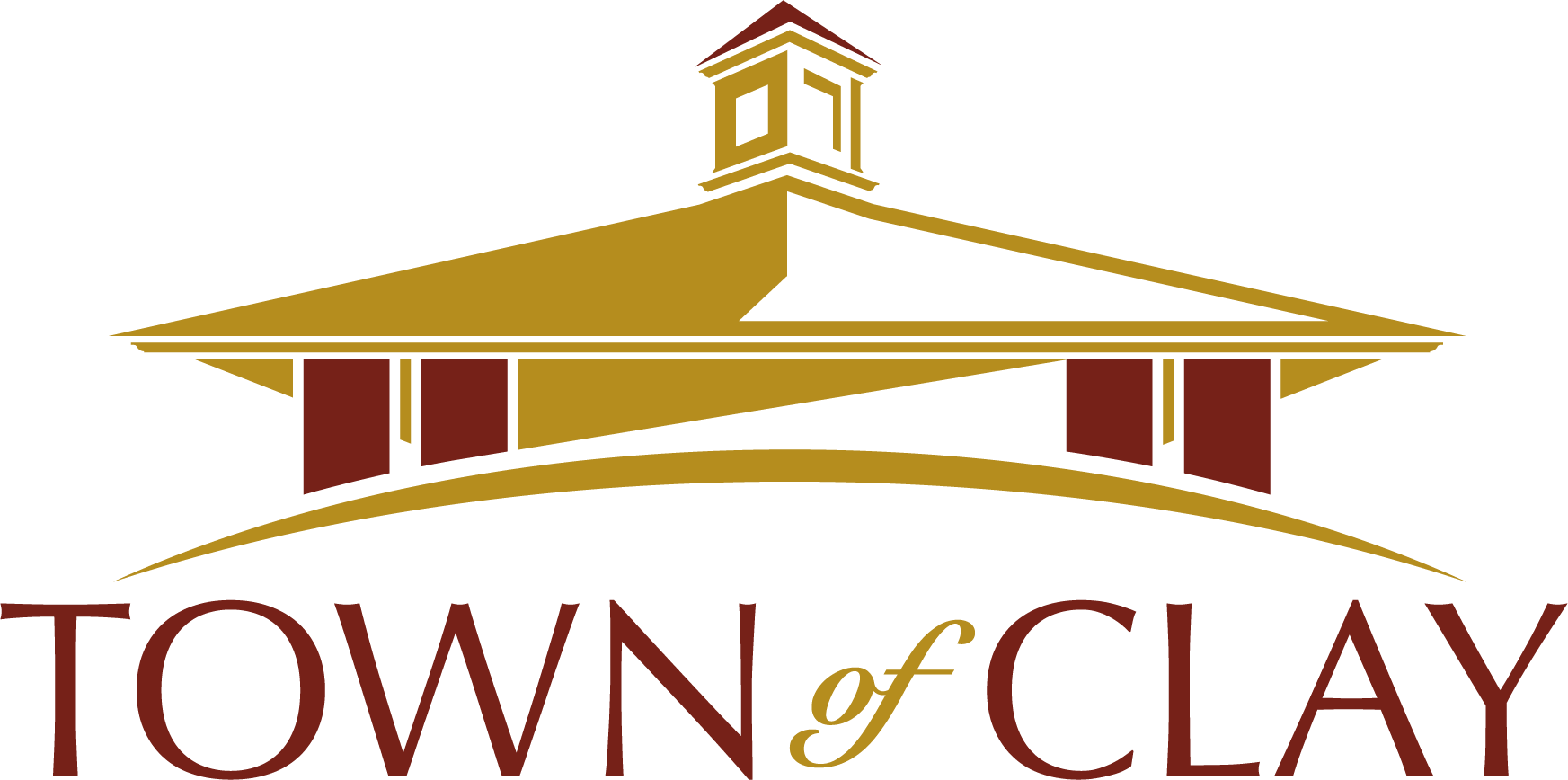BrewingPosted on June 29, 2015 |
REMEMBERING CLAY
Influence of Brewing on early America and Clay
Clay’s earliest settlers who arrived en masse were German and Dutch, coming from the upper Hudson River area where they had lived for about 100 years after leaving the lower Hudson around 1712. These Palatines brought with them the taste for beer. Let’s review the history of how brewing influenced the historic events that brought Clay’s ancestors here. The following information was taken from UPPER HUDSON VALLEY BEER.*
When Henry Hudson explored the Hudson under Dutch patronage, he found the native Algonquians, Lenapes to the south and Mahicans to the north. Their interactions were either murderous or convivial. He introduced them to beer and wine which was always on board a ship because drinking water was rancid. For almost two centuries their relationship was marked with conflict and alliance and alcohol. The Dutch who first settled the upper Hudson came from a country of drinkers with beer being a major source of revue through taxation. The New Netherland Company was the first to try to get a stronghold in the upper Hudson by building Fort Nassau near the joining of the Hudson to the Mohawk. But their rival, the Dutch West India Company, obtained a charter in 1621 to colonize the region for fur trading and repopulation with European farmers to replace the nation’s dependency on foreign goods and substitute with goods from their own American settlement.
In 1624 – 1625, ships left the Netherlands loaded with livestock, tools, settlers and seeds. At first, the settlers were barred from practicing any trade that competed with their home land. Kiliaen von Rensselaer was the first to advocate private investment so the settlers could maximize their own fortunes through their own personal production. (Free enterprise). Van Rensselaer noticed that only 50 percent of the colonists were Dutch. From other north European countries, they all had a taste for beer A successful settlement of the West Indian Company at what is now Albany was 150 miles north of his patroonship called Rensselaerwijck. The Dutch there had the capacity to grow grain and malt and brew more beer than they needed locally so they supplied not only New Netherland but Dutch interests everywhere.
From the 1630’s on ,breweries were built to take advantage of this supply, other than household use.
The first in the patroonship to brew was Jacob VerPlanck, ancestor of William VerPlanck of Clay. He was authorized to sell to men of the Company, savages and do whatever he saw fit. In 1643, Van Rensselaer contracted with Evert Pels to work as a public brewer. On his ship were a minster, a doctor, farmers and supplies including tiles and stone for building. In addition, there were three thousand bushels of malt for the brewery. This outpost was on its way to becoming a complete community.
Commerical brewing in Albany was expanding. In 1638, Willem Krieft became the new director general of the West India Company. In 1643, he ordered the massacre of 120 Lenapes and the unauthorized taxation of beer and other products. He ordered an excise tax of two guilders on any barrel of beer tapped in the colony and an account of the beer they brewed. If they protested, the beer was confiscated and given to the soldiers. In a few years, he was replaced, for putting the entire colony in such peril, by Peter Stuyvesant, who oversaw the physical and economic growth of New Netherland.
(To be continued…)
*UPPER HUDSON VALLEY BEERS, by Craig Gravina and Alan McLeod; published American Palate 2014.
Dorothy Heller, Historian
Other
Remember Clay Stories
Remembering the Clay Log Cabin Digs
Remembering Clay | Mar 8, 2018
REMEMBERING CLAY
Remembering the Clay Log Cabin Digs*
Nathan Soule Part II
Remembering Clay | Apr 29, 2017
REMEMBERING CLAY
Nathan Soule’s Life in Clay (Part II)
